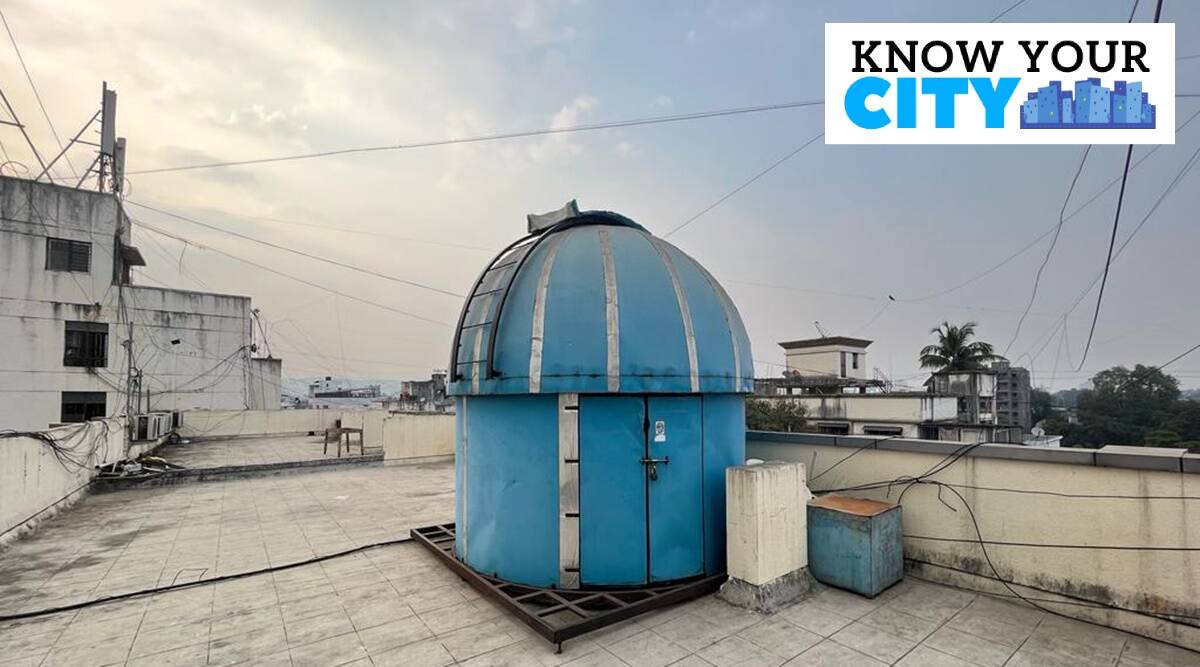Truck hits tempo in another accident near Pune’s Navale bridge, 7 injured; NDA’s passing out parade held in the city
The number of enquiries that Pune-based startup Krishigati receives every week has convinced the couple who founded it, Sonali and Tukaram Sonawane, that the country has a high demand for their product.
Krishigati has rolled out a machine called the Electric Bull that does what the bull has been doing for farmers — till the soil — but also what it could not, which is precision sowing, seeding, earthing up multiple lanes at a time and spraying to raise farm productivity. The innovation has won the company several honours, including a runner-up prize in the Pune Chapter of the TiE Women’s global contest.

On a Saturday closest to the new moon day every month, a group of people gets together a few kilometres outside Pune and holds a star party. There’s stargazing, astro games, slideshows and telescopic viewing of objects in the sky, such as the moon, planets, nebulae and galaxies. “Nobody sleeps from sunset to sunrise,” says Deepak Joshi, vice-president of Jyotirvidya Parisanstha (JVP), the Pune-based oldest club of amateur astronomers in India. JVP started on August 22, 1944, when World War II was raging, and its history is linked to preserving the Indian science of timekeeping that is thousands of years old.
In an observatory erected on a rooftop near Kesari Wada, Aniruddha Deshpande – the other vice-president of JVP – is working on an imaging project of the sky. A group of students, Rohit Thakar, Prabhanjan Bhogarde and Isha Patankar, is setting up a telescope. With the recent full moon behind him, Joshi starts to narrate what happened when WWII disrupted the supply of British almanacs to India from England. “We Indians traditionally used our own calendars, commonly known as panchang. When the Sun enters the vernal equinox, a new year starts, according to our calculations. There are many panchangs across India — in the north, south, east and west. The oldest available document is called the Surya Siddhanta dated 3,000 years ago. All calculations, formulas and methodologies for making the panchang are given in that,” he says.


